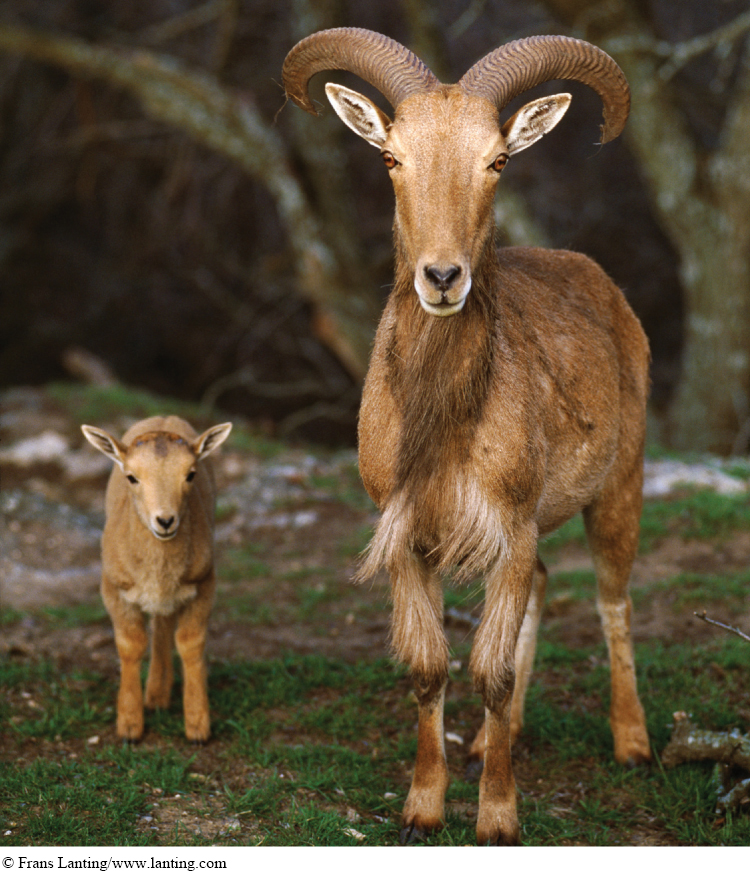
Some animals reproduce with a “big bang.” Antechinus is an Australian mouse-

Other animals are a bit—
And some animals could not be farther from big-
Why all the variation? And is one strategy better than the others, evolutionarily? One of the most important recurring themes in biology is that evolution nearly always finds more than one way to solve a problem. As the marsupial mouse, house mouse, and little brown bat illustrate, there are many possible responses to the challenge of when to reproduce, how often to reproduce, and how much to reproduce in any given episode. The answers to these questions make up an organism’s life history—the species’ vital statistics, including age at first reproduction, probabilities of survival and reproduction at each age, litter size and frequency, and longevity. Life histories tell us as much about a species as possible in a small amount of information.
Life histories vary from the big-
583
Returning to the question posed above—
1. What is the cost of the reproductive investment during any reproductive episode? Producing offspring is risky in several ways. The act of mating can be risky (by increasing the likelihood of an individual’s being eaten by a predator, for example). And the wear and tear of reproduction on an individual’s body takes its toll. Thus, the number of offspring an organism produces can only go so high before it becomes detrimental. An organism might produce four offspring in an episode, for example, without significantly increasing its risk of dying from the effort. But if, by chance, it produces five or six, this may take such a toll that the individual is unlikely to live to have another litter. Thus, for many organisms, a smaller litter is favored by natural selection because it enables the individual to have additional litters in the future, maximizing its lifetime reproductive success.
2. What is an individual’s likelihood of surviving to have future reproductive episodes? If predation rates or other sources of mortality are very high, an individual might not be alive in one month. If so, it makes less sense to defer reproduction: why save for a future unlikely to come?
Taken together, the answers to these questions help us understand the variety of life history strategies we see in nature.
Rodents are toward the fast extreme of reproductive strategy. They experience very high mortality rates in the wild, and natural selection has consequently favored early and heavy reproductive investment. Rodents provide relatively little parental care but produce many litters, each with many offspring. Organisms with this type of life history tend to have relatively poor competitive ability but a high rate of population growth; each individual’s likelihood of surviving is low, but so many are produced that the odds of two offspring surviving are high.
Why do humans defer reproducing so much longer than do cats or mice?
At the slow extreme, humans have such a low probability of dying in any given year that they can defer reproduction, or at least reproduce in small amounts—

584
TAKE-HOME MESSAGE 14.7
An organism’s investment pattern in growth, reproduction, and survival is described by its life history. Very different strategies can achieve the same outcome in which a mating pair of individuals produces at least two surviving offspring.
How is an organism’s litter size shaped by natural selection?
As the term “reproductive investment” implies, there are costs and risks to an organism in producing offspring. An individual organism can only produce so many offspring in a single litter before it takes a toll on its health, making it unlikely for that individual to produce future offspring. Therefore, for many organisms, a smaller litter size, which allows the individual to have more offspring in the future, is favored by natural selection.